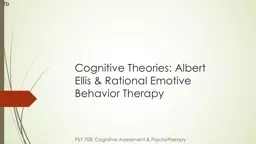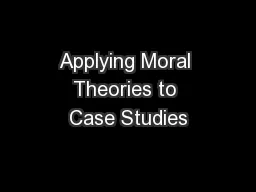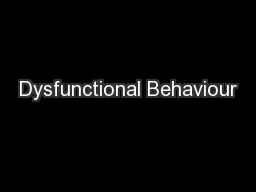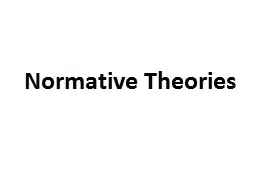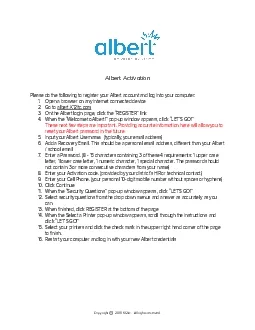PPT-Cognitive Theories: Albert
Author : danika-pritchard | Published Date : 2018-10-21
Ellis amp Rational Emotive Behavior Therapy PSY 708 Cognitive Assessment amp Psychotherapy 2b Brief History Rational Emotive Behavior Therapy REBT was founded
Presentation Embed Code
Download Presentation
Download Presentation The PPT/PDF document "Cognitive Theories: Albert" is the property of its rightful owner. Permission is granted to download and print the materials on this website for personal, non-commercial use only, and to display it on your personal computer provided you do not modify the materials and that you retain all copyright notices contained in the materials. By downloading content from our website, you accept the terms of this agreement.
Cognitive Theories: Albert: Transcript
Download Rules Of Document
"Cognitive Theories: Albert"The content belongs to its owner. You may download and print it for personal use, without modification, and keep all copyright notices. By downloading, you agree to these terms.
Related Documents

